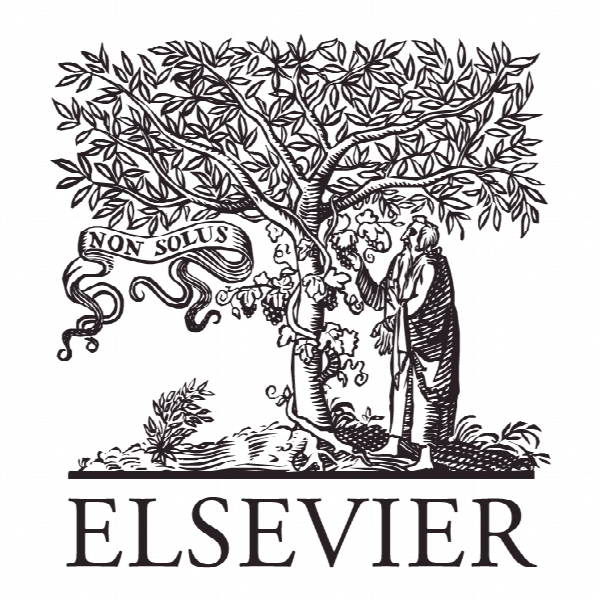ایجاد اوراق بهادار ارز با راهبردهای سرمایه گذاری بهینه Construction of currency portfolios by means of an optimized investment strategy
- نوع فایل : کتاب
- زبان : انگلیسی
- ناشر : Elsevier
- چاپ و سال / کشور: 2018
توضیحات
رشته های مرتبط مدیریت و اقتصاد
گرایش های مرتبط مدیریت مالی، اقتصاد مالی
مجله چشم انداز تحقیقات عملیاتی – Operations Research Perspectives
دانشگاه School of Civil Engineering – National Technical University of Athens – Greece
منتشر شده در نشریه الزویر
کلمات کلیدی استراتژی سرمایه گذاری، الگوریتم بهینه سازی، اوراق بهادار سود آور، ارزها
گرایش های مرتبط مدیریت مالی، اقتصاد مالی
مجله چشم انداز تحقیقات عملیاتی – Operations Research Perspectives
دانشگاه School of Civil Engineering – National Technical University of Athens – Greece
منتشر شده در نشریه الزویر
کلمات کلیدی استراتژی سرمایه گذاری، الگوریتم بهینه سازی، اوراق بهادار سود آور، ارزها
Description
1. Introduction The ultimate objective of any investor, trader or manager is to speculate, to generate profits in a consistent basis. Simsek [27] assumed that any financial innovation on portfolio risks is likely to lead to speculation rather than risk sharing due to the motives of the participants in market. An approach that can be implemented in order to maximize profits and simultaneously to minimize the risk of loss, is to define specific rules for buying and selling securities; rules that will be able to predict accurately the future movements of the market. These rules formulate the so-called trading strategy or system. The most common trading strategies are based on fundamental or technical analysis; this work is focused on technical trading strategies that rely on the assumption that historical data can create patterns that repeat themselves in the future. According to a top technical analyst (Ping [[25], p.2]) the technical analysis is defined as follows: “The technical approach to investment is essentially a reflection of the idea that prices move in trends that are determined by the changing attitudes of investors toward a variety of economic, monetary, political, and psychological forces. The art of technical analysis, for it is an art, is to identify a trend reversal at a relatively early stage and ride on that trend until the weight of the evidence shows or proves that the trend has reversed.” The prediction of market’s future movements became an important research topic for academicians into a theoretical basis and a challenging task for investors in practical level. One of the earliest empirical studies in this field is the one by Donchian [7] who presented the movement of the market as a channel approach focusing on the breakouts of these channels. Apart from this approach, there is a plethora of technical strategy types. Among others, trading systems that include filters were introduced (Fama and Blume [8]; Sweeney [29]), strategies that focus on the moving averages were presented (Cootner [4]; Dale and Workman [6]) and strategies based on the relative strength were studied (Jensen and Benington [13]). One of the most significant studies on this field was carried out by Brock et al. [3], who strongly supported the efficiency of technical strategies. They tested two simple technical strategies (moving average and range breakout) in Dow Jones Index in their study and using the model-based bootstrap approach they conducted statistical tests on the trading returns. A few years later, Bessembinder and Chan [2] confirmed the research outcomes presented by Brock et al. [3] and provided further support to the technical rules, indicating that they can predict the movement of the market and particularly those of the US Equity Index. In another research,


